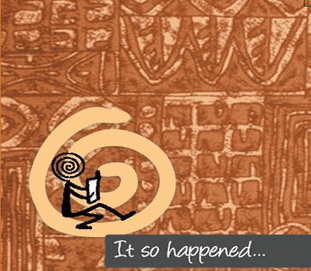Reproduction in Plants Class 7 Worksheet Science Chapter 8
Q.1. True/False
(i) A spore producing organism is bread mould.
(ii) Bryophyllum can reproduce by its stem.
(iii) A bisexual flower has both the male and the female reproductive parts.
(iv) All organisms multiply or reproduce their own kind.
(v) In plants there are three modes of reproduction.
(vi) Leaf is the reproductive part of a plant.
Q.2. Fill in the blanks.
(i) Production of new individuals from the vegetative part of parent is called ____.
(ii) A flower may have either male or female reproductive parts. Such a flower is called ____.
(iii) The transfer of pollen grains from the anther to the stigma of the same or of another flower of the same kind is known as ____.
(iv) The fusion of male and female gametes is termed as ____.
(v) Seed dispersal takes place by means of ____, ____ and ____.
(vi) Anther contains pollen grains which produce ____.
Q.3. What are the two modes of reproduction in plants?
Q.4. What is reproduction?
Q.5. How do potatoes reproduce?
Q.6. How does sexual reproduction take place in flowering plants?
Q.7. How the male gamete in the pollen grain reaches the female gamete present in the ovule?
Q.8. Describe the different methods of asexual reproduction. Give examples.
Q.9. What is the female reproductive part of a flower?
Q.10. What is a node?
Q.11. How fungi grow on bread?
Q.12. What is fertilisation?
Q.13. What types of seeds are dispersed by animals?
Q.14. How do plants reproduce?
Q.15. How does the process of fertilisation take place in flowers?
Q.16. What are the vegetative parts of plants?
Q.17. State the main difference between asexual and sexual reproduction.
Q.18. What is the function of flowers in plants?
Q.19. How plants such as moss and ferns reproduce?
Q.20. Explain what you understand by sexual reproduction.
You can find Worksheets Solutions here: Worksheet Solutions: Reproduction in Plants
|
112 videos|275 docs|28 tests
|
FAQs on Reproduction in Plants Class 7 Worksheet Science Chapter 8
| 1. How do plants reproduce? |  |
| 2. What is pollination? |  |
| 3. What are the different methods of asexual reproduction in plants? |  |
| 4. How do wind-pollinated flowers differ from insect-pollinated flowers? |  |
| 5. What are the advantages of sexual reproduction in plants? |  |
































